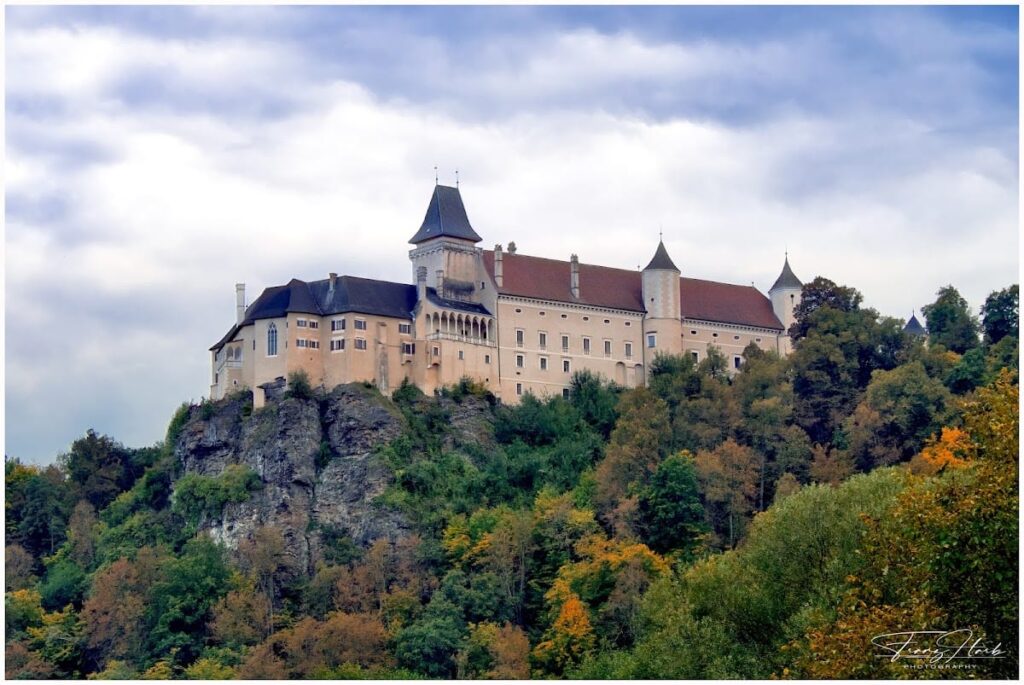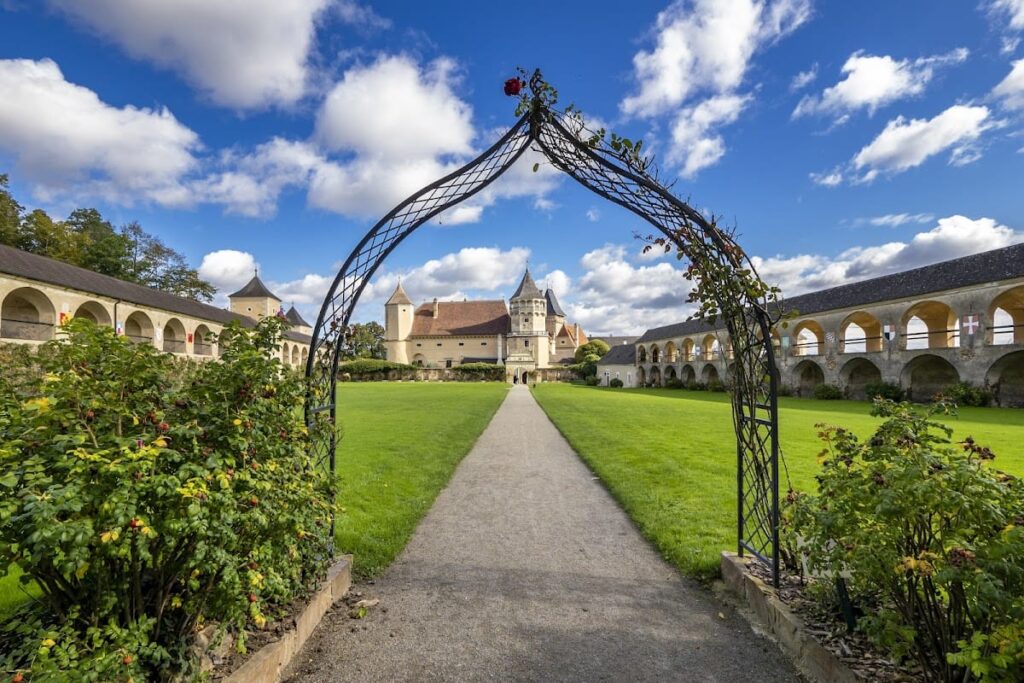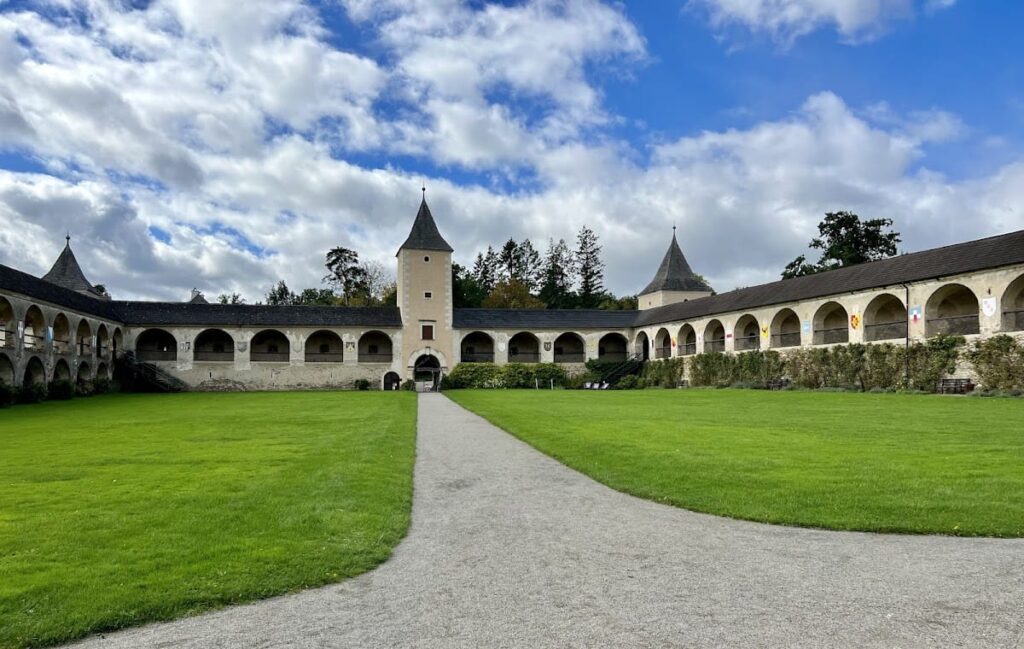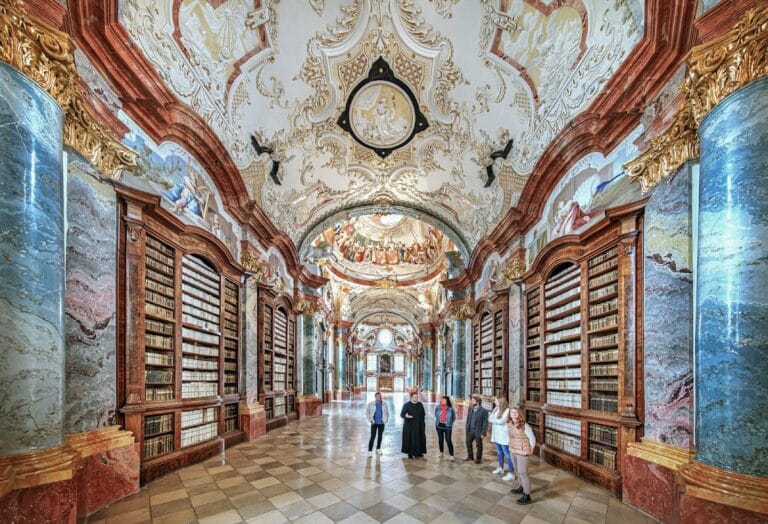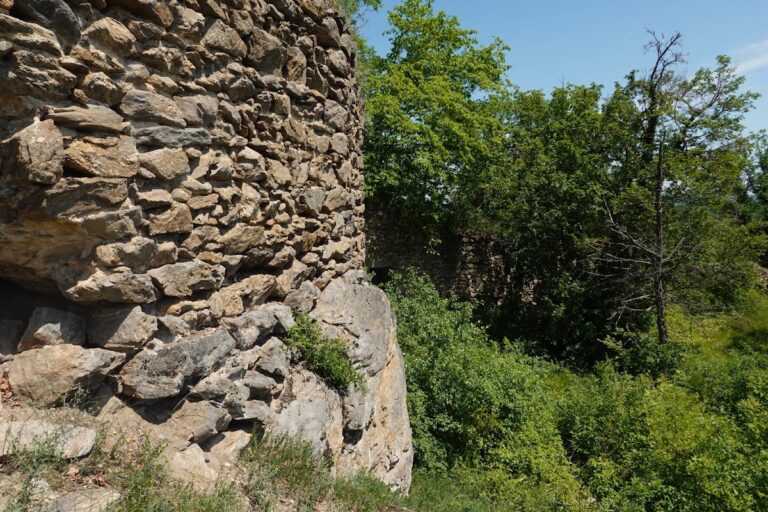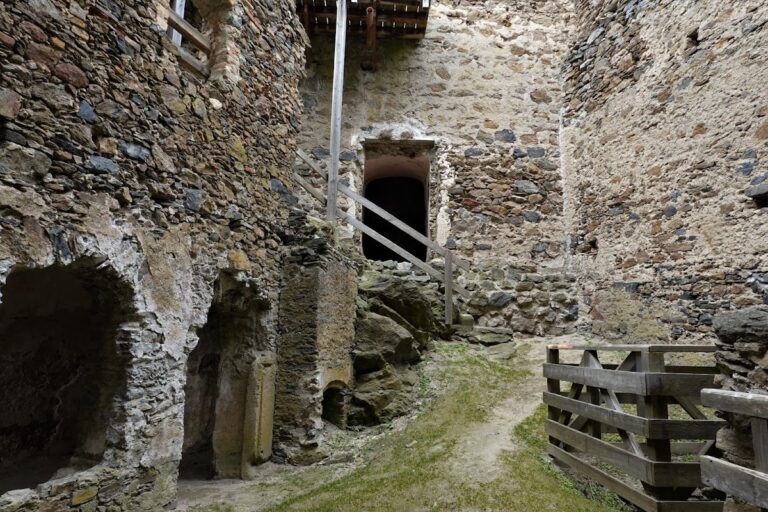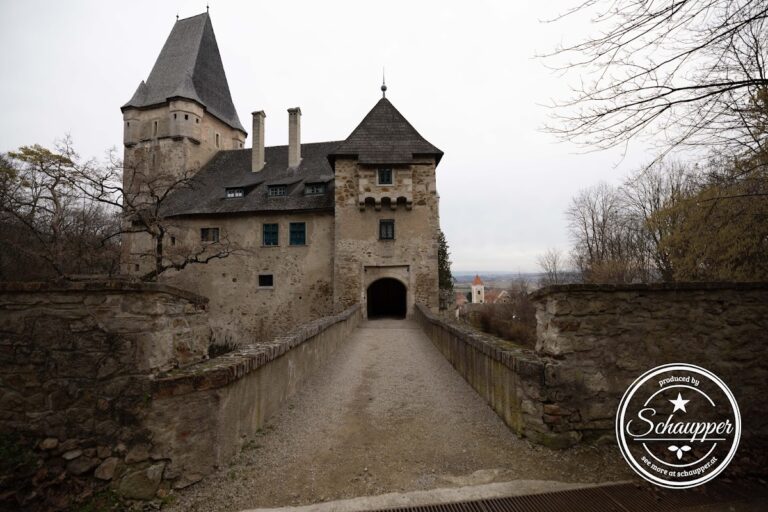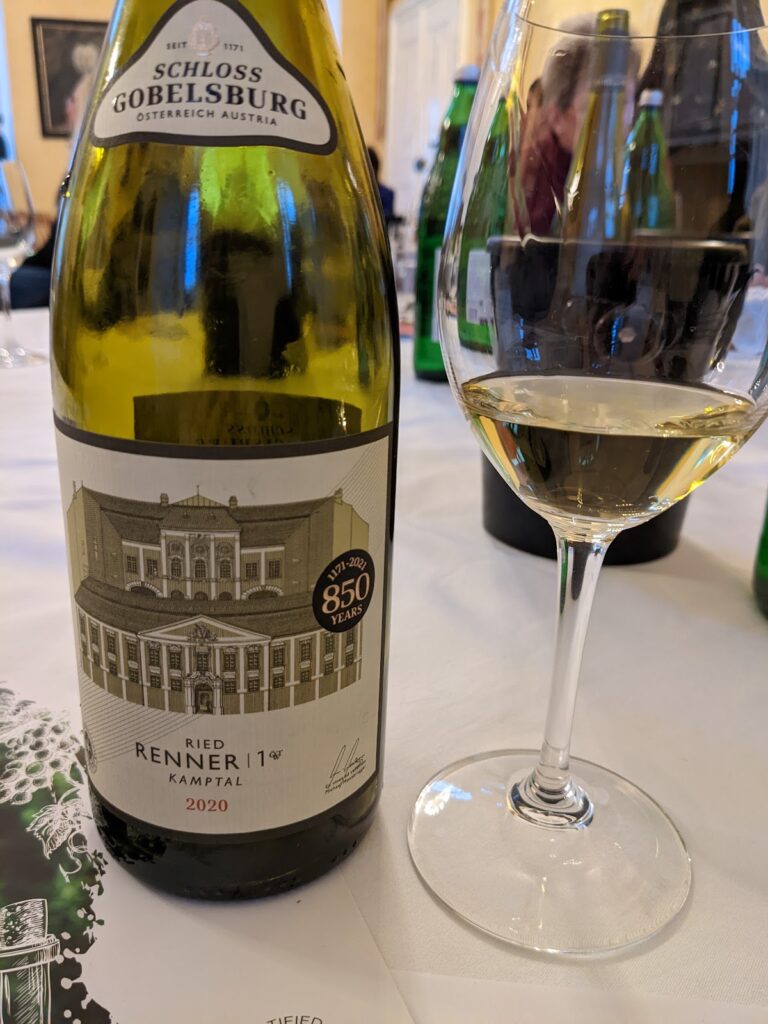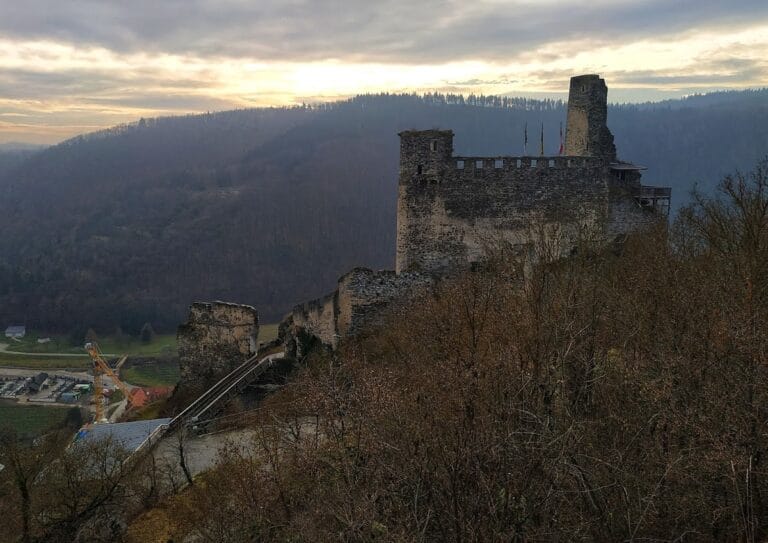Schloss Rosenburg: A Historic Castle and Cultural Venue in Austria
Visitor Information
Google Rating: 4.6
Popularity: Medium
Google Maps: View on Google Maps
Official Website: www.rosenburg.at
Country: Austria
Civilization: Medieval European
Remains: Military
History
Schloss Rosenburg is located in Rosenburg 1, 3573 Rosenburg, Austria. It was originally built in the 12th century by local rulers to oversee and control trade routes between Bohemia and Vienna. The castle first appears in written records in 1175. Its initial design featured a central stronghold, or citadel, surrounded by a five-sided inner courtyard, reflecting the Romanesque architectural style of the period.
In 1433, the castle was attacked and partially destroyed by Hussite forces led by Prokop the Lesser. Although damaged, it was not completely demolished and remained unrestored for several decades. In 1476, Count Kaspar von Rogendorf, who served as chamberlain to Emperor Frederick III, acquired Rosenburg. He expanded the castle in the Gothic style, adding a chapel and outer walls that still stand today.
By 1487, ownership passed to Jakob and Christoph Grabner of the Lords von Graben family. Their descendants adopted Protestantism during the 16th century, turning Rosenburg into a center of the Austrian Reformation. Under Leopold Grabner and his son Sebastian II, a Protestant printing press operated within the castle, supporting religious reform efforts.
Between 1593 and 1597, Sebastian II Grabner undertook a major reconstruction, demolishing much of the Gothic structure. He rebuilt Rosenburg as a Renaissance palace featuring thirteen towers. Around 1614, a large tournament ground and 46 arcades were added, enhancing the castle’s role as a noble residence and social venue. Financial difficulties from these renovations forced Sebastian II to sell the castle in 1604 to Hans Jörger zu Tollet.
In 1611, Cardinal Franz von Dietrichstein, a Catholic bishop, acquired Rosenburg and converted the chapel for Catholic worship. During the Thirty Years’ War in 1620, Protestant forces from the Horner Bund besieged and captured the castle. Many defenders and inhabitants were killed during this assault, an event commemorated by a memorial column in the castle garden.
Throughout the 17th century, Rosenburg changed hands several times until the Hoyos-Sprinzenstein family gained ownership in 1681 through marriage. This family has maintained possession of the castle to the present day. The castle suffered fires in 1721, 1751, and 1800, which damaged the chapel, courtyard gate, and other parts, leading to periods of neglect.
Between 1859 and 1875, Ernst Karl von Hoyos-Sprinzenstein led extensive restorations based on a 1673 depiction of the castle. These efforts preserved Rosenburg and made it one of Austria’s first castles open to the public. Further restoration work took place from 1984 to 1990, coinciding with a major exhibition on nobility, politics, culture, and religion in Lower Austria.
Today, Rosenburg serves as a museum and cultural venue, hosting falconry demonstrations, theater performances, and historical reenactments that reflect its rich history.
Remains
The castle complex sits on a cliff 345 meters above sea level, overlooking the Kamp valley within the Kamptal Nature Park. Its layout includes a central citadel surrounded by a pentagonal inner courtyard, reflecting its original Romanesque design from the 12th century. Foundations of the bergfried, or keep, from this period remain visible at the base of the current structure.
The 15th-century Gothic expansion under Count Kaspar von Rogendorf added the chapel and outer walls, which survive today. These elements showcase the castle’s medieval defensive and religious functions. The chapel was later converted for Catholic use in the early 17th century.
Sebastian II Grabner’s Renaissance reconstruction between 1593 and 1597 replaced much of the Gothic castle with a palace featuring thirteen towers. Around 1614, a large tournament ground measuring approximately 67 by 46 meters was constructed, along with 46 arcades that enhanced the castle’s social and ceremonial spaces.
Several fires in the 18th and early 19th centuries damaged parts of the castle, including the courtyard gate and chapel. Restoration efforts in the 19th and late 20th centuries have preserved and restored much of the complex, maintaining its historic character.
Inside, the castle contains well-preserved historic interiors accessible to visitors. The armory displays weapons dating from the 15th to 18th centuries. Exhibitions cover the history of falconry and the lineage of the Hoyos family. A memorial column in the castle garden honors those who died during the 1620 siege.
The Renaissance falconry center includes live bird demonstrations and a tavern. An open-air stage hosts annual theatrical performances, continuing the castle’s tradition as a cultural venue. Rosenburg has also been featured on Austrian postage stamps, banknotes, and a 1999 silver commemorative coin depicting the castle with falcons and knights.
